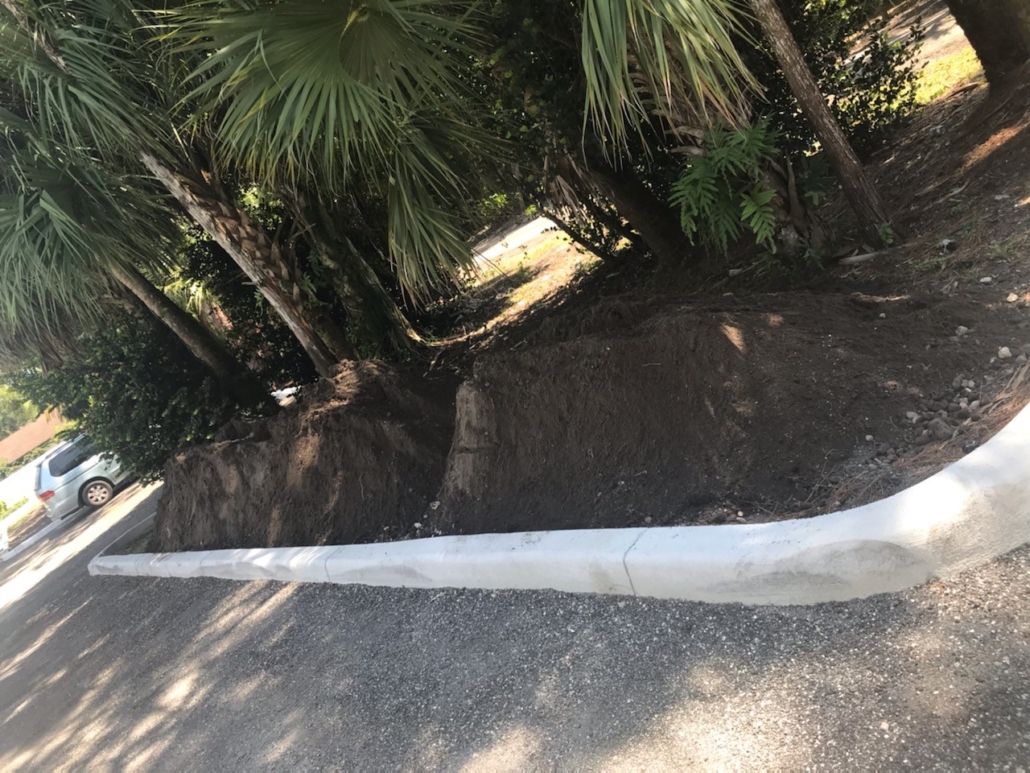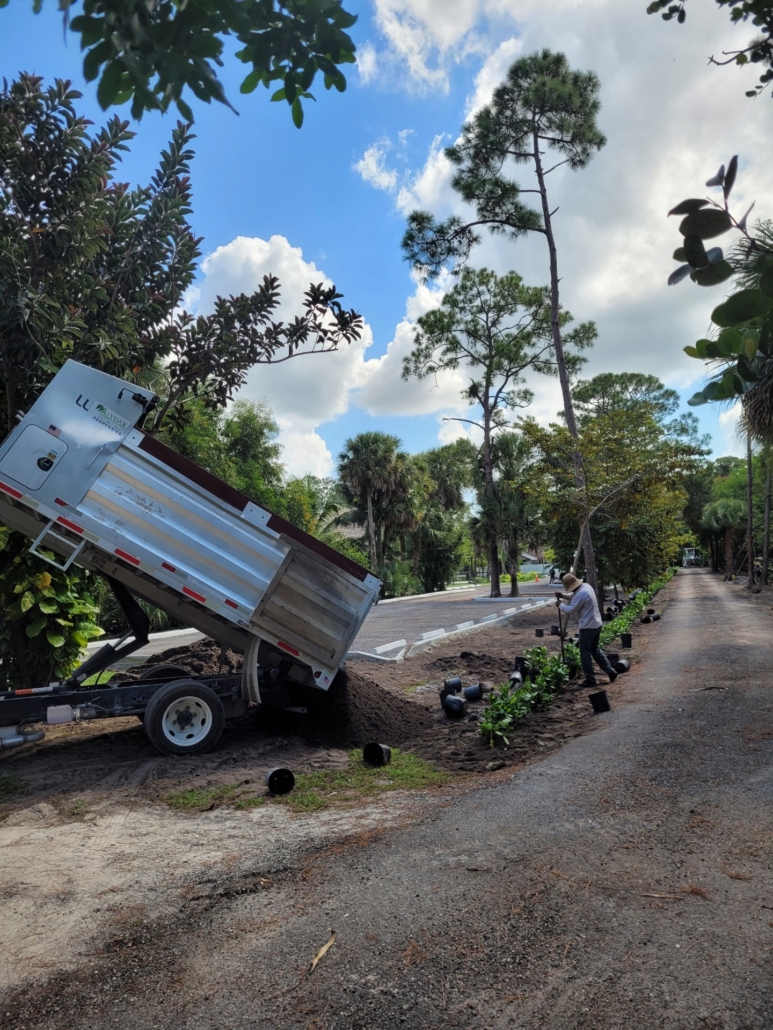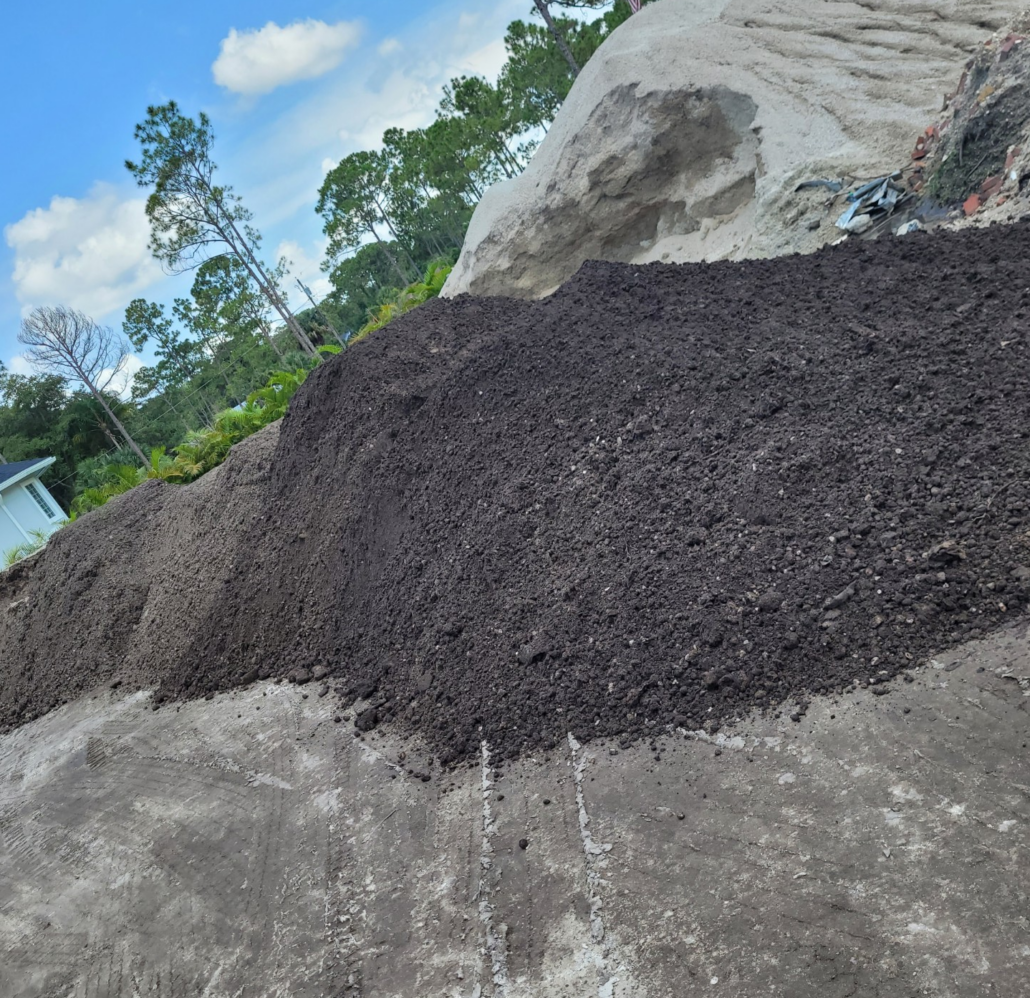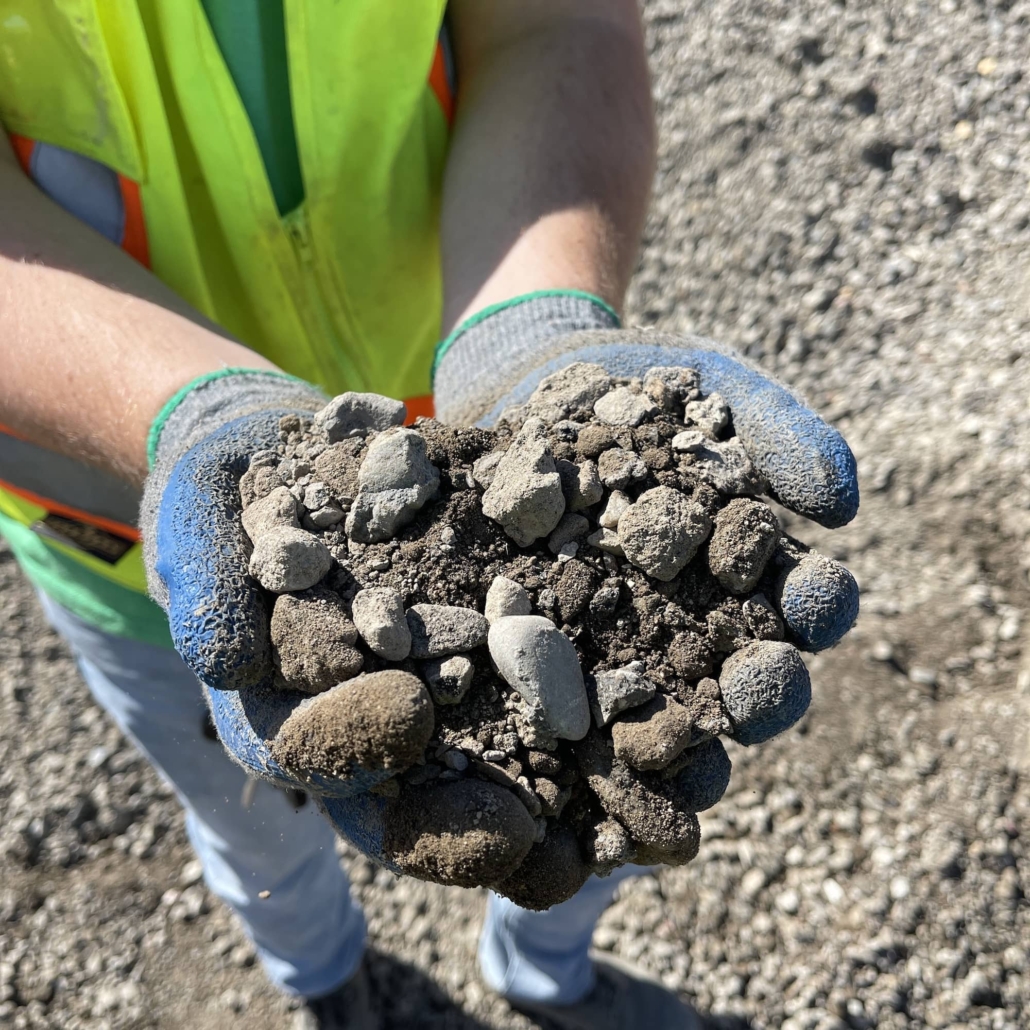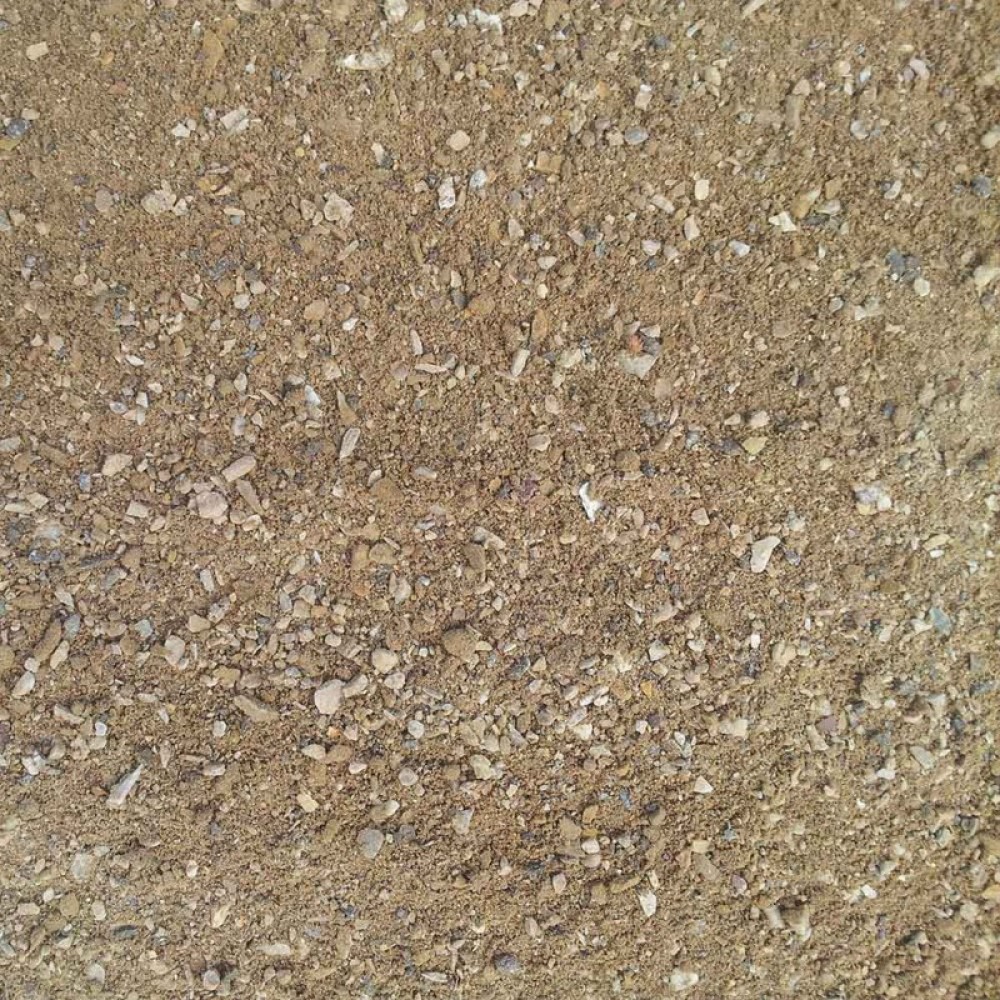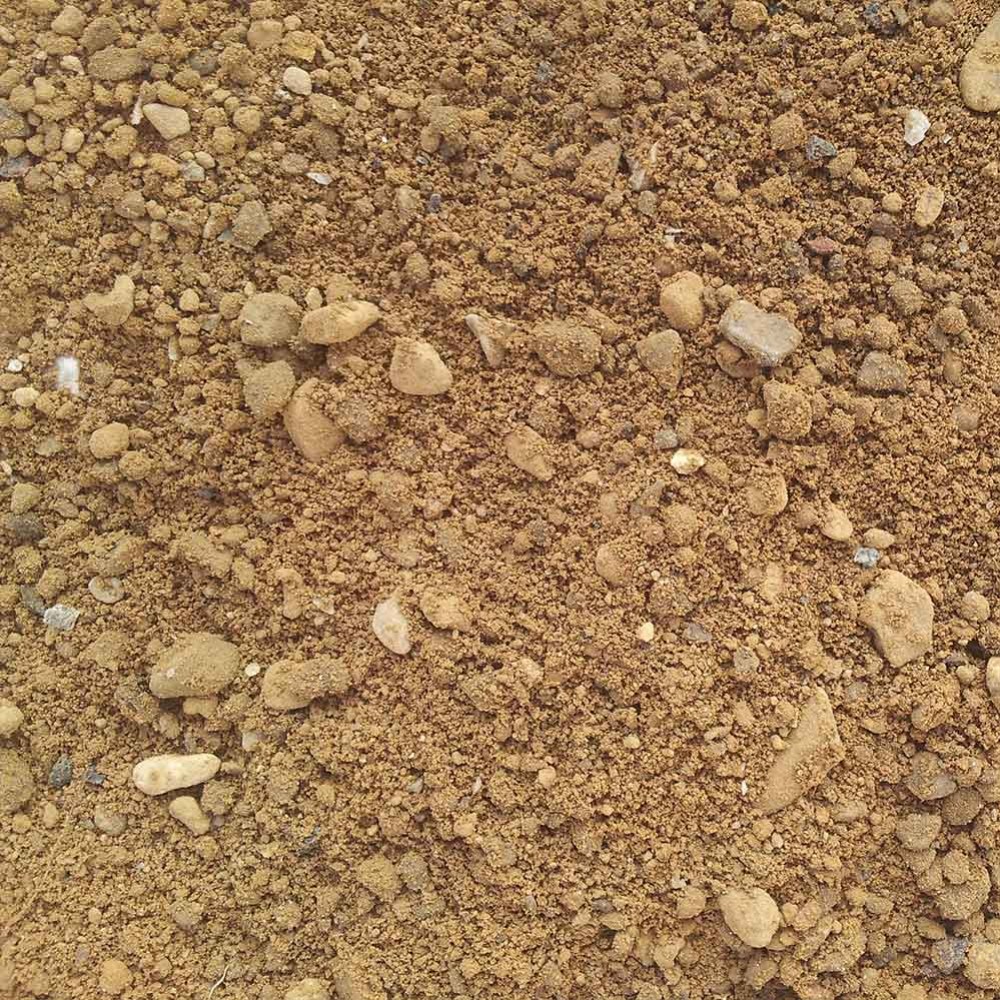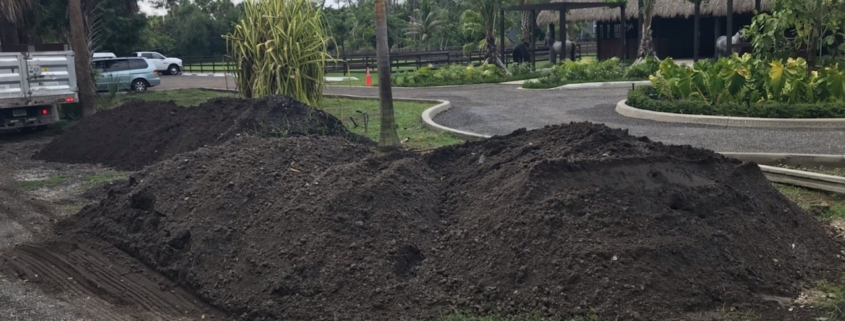Fill Dirt
Structural fill, #1 fill, #2 fill. We have the backfill needed for your project..
Fill dirt (also called cleanfill, or just fill) is earthy material which is used to fill in a depression or hole in the ground or create mounds or otherwise artificially change the grade or elevation of real property.
Fill dirt can consist of any material – sand, clay, gravel, and so on. Fill dirt is commonly made of subsoil, which is found about 12 inches below the topsoil. It consists of partially broken down soil that contains clay, sand, silt, and stones, and any other materials found in the source ground. If the fill dirt comes from the subsurface of old farm fields or woodlands, it will contain whatever materials are there. It may contain some organic material. Its inorganic qualities make it ideal as fill because it does not decompose and settle like organic soils are prone to do.
Structural fill is a screened earthen material used to create a strong and stable base. For example, the native soil at a site may be too weak to support a structure, so the soil is replaced by compacted structural fill to provide the needed structural support.
In roadway applications, structural fills are often used as fill for abutments or slabs, backfill for retaining structures, or filling of trenches and other excavations that will support roadways or other structures when completed. An embankment is an earthen structure that is used to raise the elevation of a roadway or railway above the elevation of the surrounding area. One common example of an embankment is the approach to a bridge, where the embankment raises the road to the level of the bridge deck. Embankments also tend to be large structures, potentially miles long, while structural fills tend to be smaller, discrete structures. The key point is that they are both earthen structures.
Structural fills and embankments are typically constructed by compacting earthen materials in place, so the compaction properties of the material (optimum water content and maximum dry density) are very important to performance. The compressibility and shear strength are also important measures of the compacted material. In addition, drainage is an important consideration to prevent the loss of shear strength due to saturation.
#1 Fill (Class I materials) is generally manufactured aggregate, such as crushed stone,.
#2 Fill (Class II materials) consist of clean sands and gravels and are more likely to be naturally occurring soils such as river deposits.
What is #2 Fill used most in? 20 mm or 3/4 inch Aggregate Base, Class 2, is used in roadways and is an aggregate made of a specific recipe of different sizes and quality of rock inclusive of 20 mm (3⁄4 in) to fine dust. An aggregate is normally made from newly quarried rock, or it is sometimes allowed to be made from recycled asphalt concrete.
